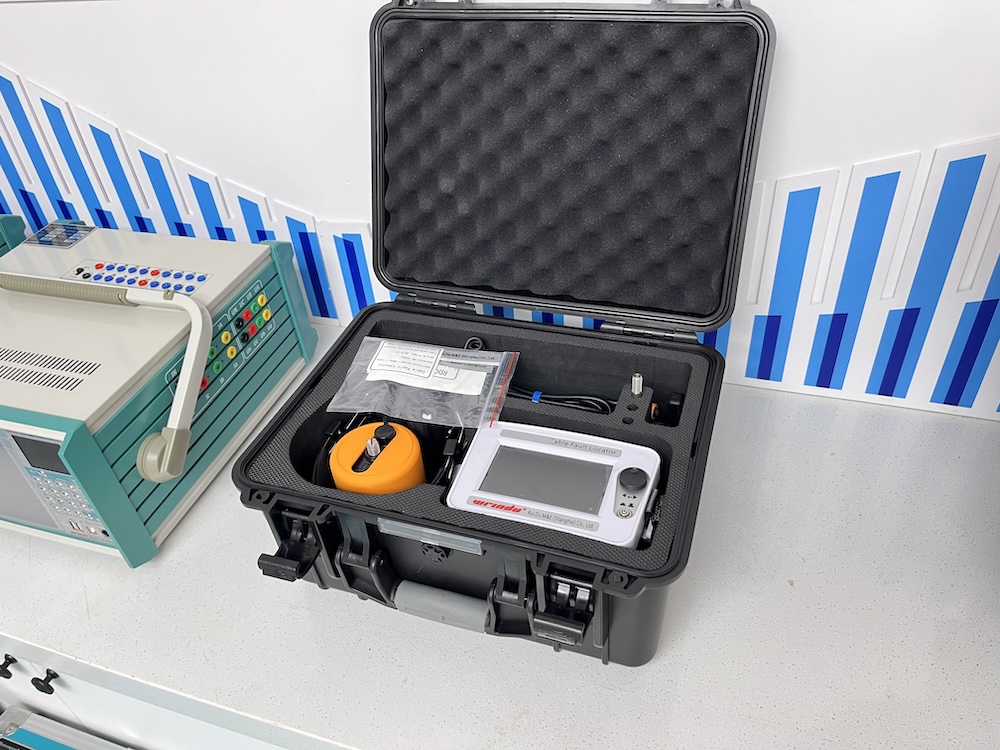Emergency handling process after cable failure
In the power system, cable failure will not only affect the continuity of the power supply but also may cause equipment damage and safety accidents. Therefore, power engineers need to master a complete set of emergency handling processes to quickly restore the power supply and ensure the safety of the system and personnel. The following is a detailed emergency handling process that aims to provide effective and practical guidance for power engineers.
1.Initial Assessment and Fault Isolation
On-Site Operation Steps:
Power Disconnection: Identify the circuit breakers and switches involved, and manually or remotely disconnect the power to the affected cable. Ensure this operation is conducted by certified electrical maintenance personnel, following safety protocols.
Physical Isolation: Physically isolate the faulty cable section from other circuits using insulated tools to prevent fault propagation.
Key Tip:
Use a voltage detector to confirm the cable is wholly de-energized to avoid accidental discharge.
2.On-Site Inspection and Documentation
Detailed Operations:
Equipment Inspection: Inspect equipment related to the fault, such as high-voltage switchgear and transformer cabinets, and record instrument readings and indicator status, including current load, voltage, and alarm signals.
Visual Records: Use explosion-proof cameras to document the fault location, providing photographic evidence for further analysis and reporting.
Reporting: Based on the severity of the incident, follow company protocols to report the fault status to the control centre and relevant safety authorities.
3.Locating the Fault with Professional Equipment
Process for Locating:
Cable Fault Locator Use:
Connect the probe of a Time-Domain Reflectometer (TDR) to the test end of the cable, set up the testing mode, and input the cable type and length data.
Analyze the returned waveform to pinpoint the exact location and type of fault (e.g., short circuit, open circuit, grounding).
Acoustic Detection: Acoustic detection is used to confirm the fault point further for large installations. Connect test clamps to the cable ends, activate the device, and listen for sound signals indicative of the fault.
Case Study: A TDR method was successfully used to locate a short circuit 80 meters from the test site within 10 minutes, avoiding unnecessary excavation.
4. Emergency Repair Procedures
Step-by-Step Field Operations:
Short Circuit or Break Repair: Wear high-voltage insulation gloves and use cable-cutting tools to remove the damaged section. Reconnect the cable using insulated connectors and seal the joint with shrink tubing and insulating tape.
Grounding and Insulation: For ground faults, apply temporary grounding with grounding clamps and wires, remove the fault, and re-establish insulation.
Precaution:
To maintain a dry environment, ensure the repair area is moisture-free using industrial dryers or heaters.
5. Comprehensive Testing and Verification
Testing Steps:
Insulation Resistance Test: Use a megohmmeter to confirm that the insulation resistance meets safe standards (e.g., over 100 MΩ for high-voltage cables).
Voltage Withstand Test: Use a high-voltage generator to perform a withstand test on the repaired cable, gradually increasing the voltage while maintaining a safe distance and monitoring the cable's response.
Verification: Submit the test results to the control centre and archive detailed data for future reference and inspections.
6. Power Restoration and Monitoring
Execution Plan:
Phased Power Restoration: Following orders from the control centre, re-energize the auxiliary power supply first, followed by the primary circuit.
Ongoing Monitoring: After restoration, thermal imaging tools will monitor the repaired section's temperature to detect any abnormal hotspots.
7. Post-Fault Analysis and Preventative Measures
Follow-Up Actions:
Fault Report: Prepare a comprehensive report detailing the fault's location, causes, repair actions, and test results.
Preventative Enhancements: Implement additional protective measures in similar environments, such as anti-corrosion coatings and improved waterproofing.
Team Training: Conduct periodic drills for emergency fault response to improve overall response speed and repair skills.





